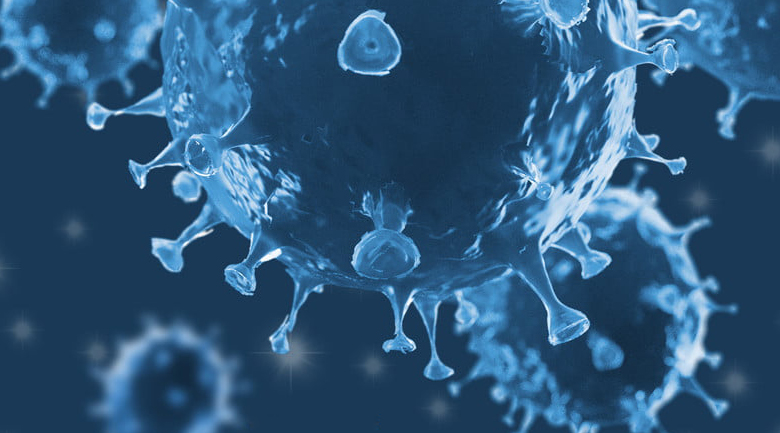
When CRISPR first burst onto the biotech scene, it rose to fame for its precise cutting prowess; break a target DNA strand, silence a gene. Or activate a gene? Why not? How about forgo cutting a gene altogether, instead searching and replacing our genomic code without severing both DNA strands? Prime editing takes the stand.
Unlike other members, Cas12c completely lacks the ability to cut DNA. Instead, in bacteria cells, it binds onto invading viruses and protects vulnerable cells without shredding the virus’s DNA. The end result is a powerful antiviral defense system that doesn’t tax the host cell’s inner workings-yet makes it invincible to certain viral infections.
The study shows that chopping up viral DNA isn’t the only route for antiviral defense, at least in bacteria cells, the authors said. One component, guide RNA is the bloodhound that hunts down the target DNA sequence.
A screen of nearly 300,000 potential CRISPR-Cas12 team-ups sketched the family tree into three main branches with eight members-each theoretically capable of cutting DNA. Cas12c stood out as an oddball.
Originally found in small DNA fragments from marine life and the gut, the enzyme shared features with its siblings in that it readily binds to targeted DNA. But in study after study inside petri dishes, Cas12c completely lacked the ability to cut DNA. People took Cas12c as a gene editing dud.
The new study asked: what if rather than chopping DNA, it’s doing something else? Snipping or editing DNA isn’t the only way to change its instructions.
To engineer the proteins that make up our bodies, the cell starts by transcribing DNA into RNA. RNA is the biological global interpreter-it shuttles genetic information out of the nucleus, a peach-core-like castle that houses DNA, into a cellular 3D printer of sorts that churns DNA data into proteins.
This first step from DNA to RNA is called transcription. Rather than cutting DNA, a portion of the Cas protein normally dedicated to DNA editing seems to cut a preliminary version of gRNA instead-the part that guides the CRISPR system. Unlike other family members, Cas12c was the rockstar: it reduced viral plaques by a thousand-fold, regardless of which DNA strand the enzyme honed onto.
“We found that Cas12c is the first demonstrated example of a natural DNA-targeting” system that “Provides antiviral immunity” without the need to cut DNA, the authors concluded.
By mutating Cas9 or Cas12a, for example, scientists have previously engineered alternate “Dead” versions that can only bind to DNA but not cut its delicate strands. Cas12c’s ability comes with a perk: it works on either DNA strand, whereas genetically engineered mutants often can only target one, limiting their scope.
“Cas12c would be expanding the available toolbox of enzymes binding to the DNA,” said Burgio.
For now, the new system is more of an oddity for examining CRISPR immunity rather than an immediate tool for editing our own genomes. With more work, the enzyme could one day help with studies that block critical DNA to RNA transcription or for mutational repair, but it needs to be tested further.
